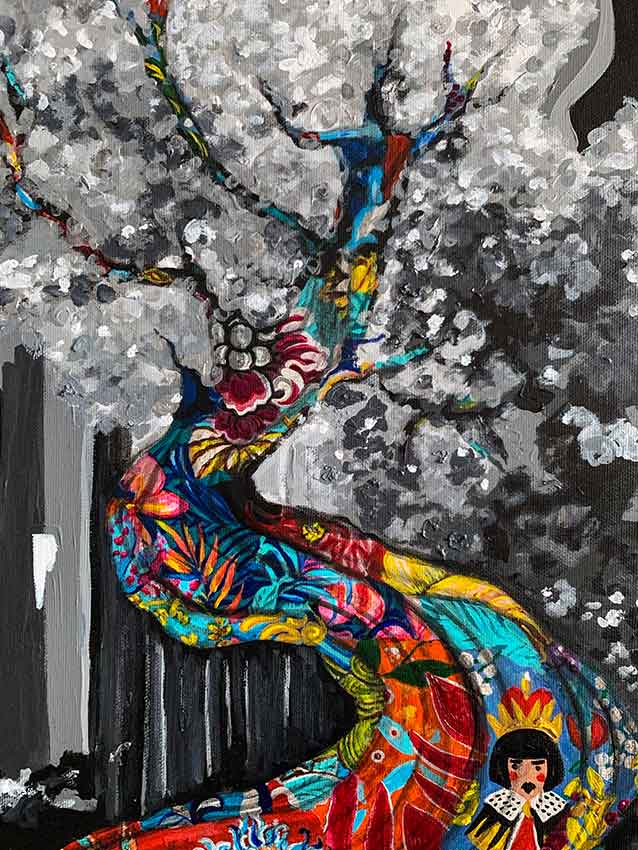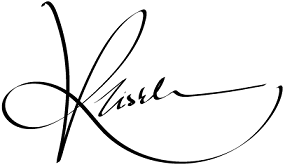Art has always been a powerful medium for expressing thoughts, emotions, and dissent. Throughout history, artists have used their creativity to challenge societal norms, provoke thought, and advocate for social change. In this week’s blog, we delve into the world of protest art, exploring its evolution, significance, and enduring impact on global consciousness.
Protest art, also known as activist art or art as activism, encompasses a diverse range of artistic expressions that aim to challenge political and social norms. It serves as a visual and emotional catalyst for addressing issues ranging from human rights abuses to environmental degradation and beyond. By harnessing the power of imagery and symbolism, artists amplify marginalized voices, spark dialogue, and mobilize communities toward collective action.
One of the earliest forms of art can be traced back to the French Revolution, where artists such as Jacques-Louis David depicted scenes of revolution and political upheaval. These artworks not only documented historical events but also galvanized public sentiment and contributed to the revolutionary fervor of the time.
In the 20th century, art took on new dimensions with movements like Dadaism and Surrealism, which employed absurdity and dreamlike imagery to critique the prevailing social and cultural order. Art for social change with artists like Marcel Duchamp and Salvador Dalí challenged conventional notions of art and society, paving the way for future generations of activist artists to explore unconventional forms of expression.
The mid-20th century witnessed the rise of movements such as Civil Rights in the United States and Anti-Apartheid in South Africa, where artists played pivotal roles in advocating for racial equality and social justice. Icons like Kara Walker and Barbara Kruger used their art to confront issues of race, gender, and power dynamics, challenging viewers to confront uncomfortable truths about systemic oppression.
In recent decades, dispute art has continued to evolve in response to pressing global issues, including climate change, immigration rights, and LGBTQ+ rights. Artists around the world have embraced new mediums such as street art, digital art, and performance art to amplify their messages and reach broader audiences. Banksy, a pseudonymous British street artist, has gained international acclaim for his politically charged murals that critique authority and consumerism while promoting empathy and social justice.
Controversial art has also played a significant role in sparking debate and pushing the boundaries of artistic expression. Artists like Ai Weiwei have faced censorship and persecution for their provocative works that challenge authoritarian regimes and highlight human rights abuses. Despite these challenges, their art continues to resonate with audiences worldwide, inspiring solidarity and calls for change.
Protest fine art is not without its controversies, as artworks that challenge social means or political norms often provoke strong reactions from audiences and authorities alike. The controversy surrounding Andres Serrano’s photograph “Piss Christ,” which depicts a crucifix submerged in urine, sparked debates about freedom of expression and the role of religion in art.
In conclusion, dispute art serves as a powerful testament to the transformative potential of creativity and the enduring impact of artistic expression on social change. By confronting injustice, amplifying marginalized voices, and challenging entrenched power structures, art and activism inspire hope, provoke dialogue, and pave the way for a more just and equitable world.
Shop my artwork collection.
Check my digital artwork collection.


